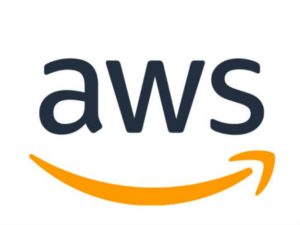This article is an excerpt from GovLoop’s recent report, “Migrating Your Medicaid IT to Cloud.” Download the full report here.
Health care constantly evolves, as the people using it have unpredictable needs. Medicaid is no exception, and what’s true of the program one day may change the next. Take Medicaid’s threshold for beneficiaries – if lawmakers alter the amount that qualifies someone as low-income, the amount of people who are eligible to claim the program’s benefits also changes.
Currently, legacy Medicaid Management Information System (MMIS) networks are falling behind rapid developments in Medicaid services. MMIS networks are digital platforms for streamlining Medicaid administration. These systems have two major shortcomings: They’re costly to maintain, and slow to change.
“In the legacy world, the systems are usually the roadblock,” said John Harding, Vice President of Operations at Client Network Services, Inc. (CNSI). CNSI is a health care IT solutions provider. “Compliance in a legacy platform can cost tens of millions of dollars and take years to implement.”
Regrettably, many agencies don’t realize how Medicaid is straining their legacy MMIS networks until they try changing their health care service delivery. In 2018, for instance, Washington’s Health Care Authority (HCA) decided that its legacy IT could no longer provide Medicaid services efficiently enough for citizens.
“Washington’s cloud adoption was tied into their ability to think through and implement a healthier state,” Harding said. “HCA continued its journey as an adaptable and nimble organization by leveraging tools such as cloud to pursue their ambitious health care goals.”
Even worse, HCA and scores of similar organizations gradually discovered that legacy MMIS systems don’t support modularization. Modularization creates a reusable system for services such as Medicaid using modules that interact, interface and share data between one another. In 2016, CMS required agencies to include modularity in all their MMIS and Medicaid eligibility and enrollment (E&E) plans going forward.
“In the legacy world, modularization would be virtually impossible,” Harding said. “The cloud makes it much easier to implement.”
To find out how Amazon Web Services (AWS), an on-demand cloud computing platform provider, partnered with CNSI to help HCA modernize its Medicaid IT, download GovLoop’s recent report, “Migrating Your Medicaid IT to Cloud,” here.







Leave a Reply
You must be logged in to post a comment.